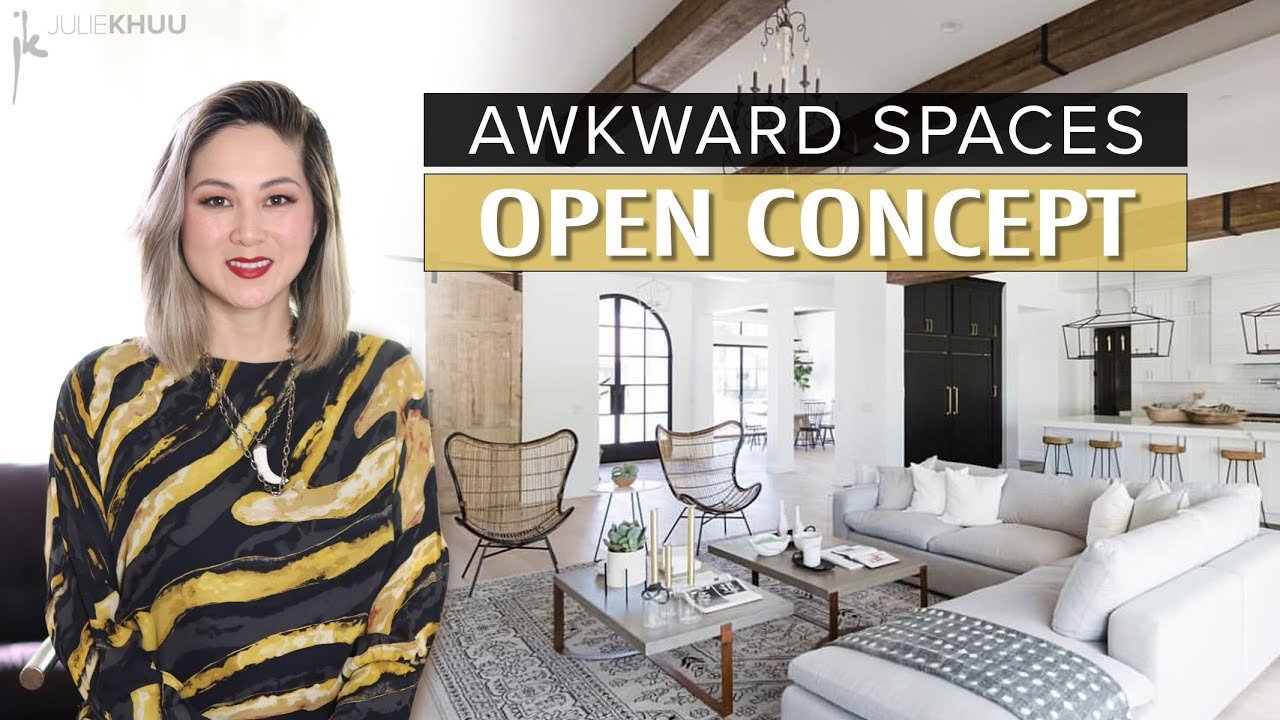Wide-open layouts have become a defining feature of modern interior design, offering a sense of space, freedom, and flexibility that traditional floor plans often lack. Characterized by large, uninterrupted spaces that blend living, dining, and kitchen areas into one cohesive environment, wide-open layouts are ideal for contemporary lifestyles.
What Are Wide-Open Layouts?
A wide-open layout, also known as an open floor plan, eliminates barriers such as walls and doors between rooms, creating a more expansive and unified space. In residential settings, this typically involves combining the kitchen, living room, and dining area into a single large room. The result is a bright, airy environment that encourages interaction and allows for a more fluid flow of movement.
Benefits of Wide-Open Layouts
Wide-open layouts offer numerous advantages that make them a popular choice in modern homes. Here are some of the key benefits:
- Enhanced Natural Light: Without walls to block the flow of light, open layouts allow natural light to permeate the space, making rooms feel brighter and more inviting. This not only reduces the need for artificial lighting during the day but also creates a warm, welcoming atmosphere.
- Improved Social Interaction: Open layouts encourage social interaction by bringing together different areas of the home. Whether you’re cooking in the kitchen, watching TV in the living room, or dining with friends, the lack of barriers allows you to engage with others more easily.
- Flexibility and Versatility: The open nature of the layout provides greater flexibility in arranging furniture and decor. You can easily reconfigure the space to suit different needs, such as hosting a large gathering or creating a cozy reading nook. This adaptability is especially valuable in smaller homes where maximizing space is a priority.
- A Sense of Spaciousness: Wide-open layouts make even smaller homes feel more spacious by eliminating the visual clutter of walls and doors. The uninterrupted sightlines create a sense of continuity and expansiveness that can make a home feel larger than its actual square footage.
- Multifunctional Spaces: With fewer walls, wide-open layouts allow for multifunctional spaces that can serve various purposes. For example, a single area can function as a dining room, home office, and entertainment space, depending on the needs of the moment.
Design Considerations for Wide-Open Layouts
While wide-open layouts offer many benefits, they also require careful planning and design to ensure the space is functional, comfortable, and visually appealing. Here are some key considerations:
- Zoning: Even in an open layout, it’s important to create distinct zones for different activities. This can be achieved through the strategic placement of furniture, area rugs, or lighting. For example, a sofa can define the living area, while a dining table can anchor the dining space.
- Cohesive Design: To maintain a harmonious look, it’s essential to use a cohesive color palette, materials, and decor throughout the open space. This ensures that the different zones flow seamlessly into one another, creating a unified aesthetic.
- Sound Management: Open layouts can be noisy due to the lack of walls to absorb sound. Consider incorporating sound-absorbing materials such as rugs, curtains, and upholstered furniture to minimize noise levels and create a more comfortable environment.
- Storage Solutions: Without walls, traditional storage options like closets and cabinets may be limited. Creative storage solutions, such as built-in shelving, multipurpose furniture, and kitchen islands with storage, can help keep the space organized and clutter-free.
- Furniture Placement: In an open layout, furniture placement is key to defining the space and ensuring a functional flow. Consider the size and scale of furniture to avoid overcrowding, and arrange pieces in a way that promotes easy movement and access throughout the area.
Potential Challenges of Wide-Open Layouts
While wide-open layouts are highly desirable, they can also present some challenges:
- Lack of Privacy: The open nature of the layout can make it difficult to find private, quiet areas within the home. This can be particularly challenging in households with multiple occupants or in homes with limited square footage.
- Heating and Cooling: Maintaining a consistent temperature in a wide-open space can be more challenging than in smaller, enclosed rooms. Large, open areas may require more energy to heat or cool effectively, potentially leading to higher energy costs.
- Cleaning and Maintenance: The openness of the layout means that the entire space is visible at all times, which can make it harder to keep clean and tidy. Regular maintenance is required to ensure that the space remains organized and visually appealing.
Conclusion
Wide-open layouts offer a modern, versatile approach to home design, creating spaces that are bright, spacious, and conducive to social interaction. By carefully considering design elements such as zoning, cohesive decor, and furniture placement, homeowners can maximize the benefits of an open floor plan while addressing potential challenges. Whether you’re designing a new home or renovating an existing one, a wide-open layout can transform your living space into a functional, flexible, and inviting environment that meets the demands of contemporary living.
